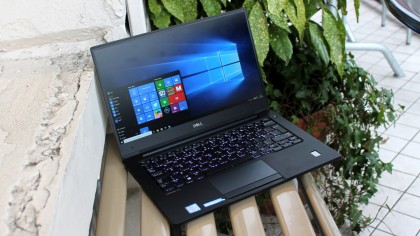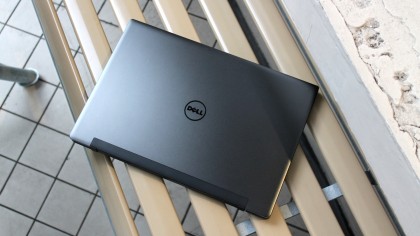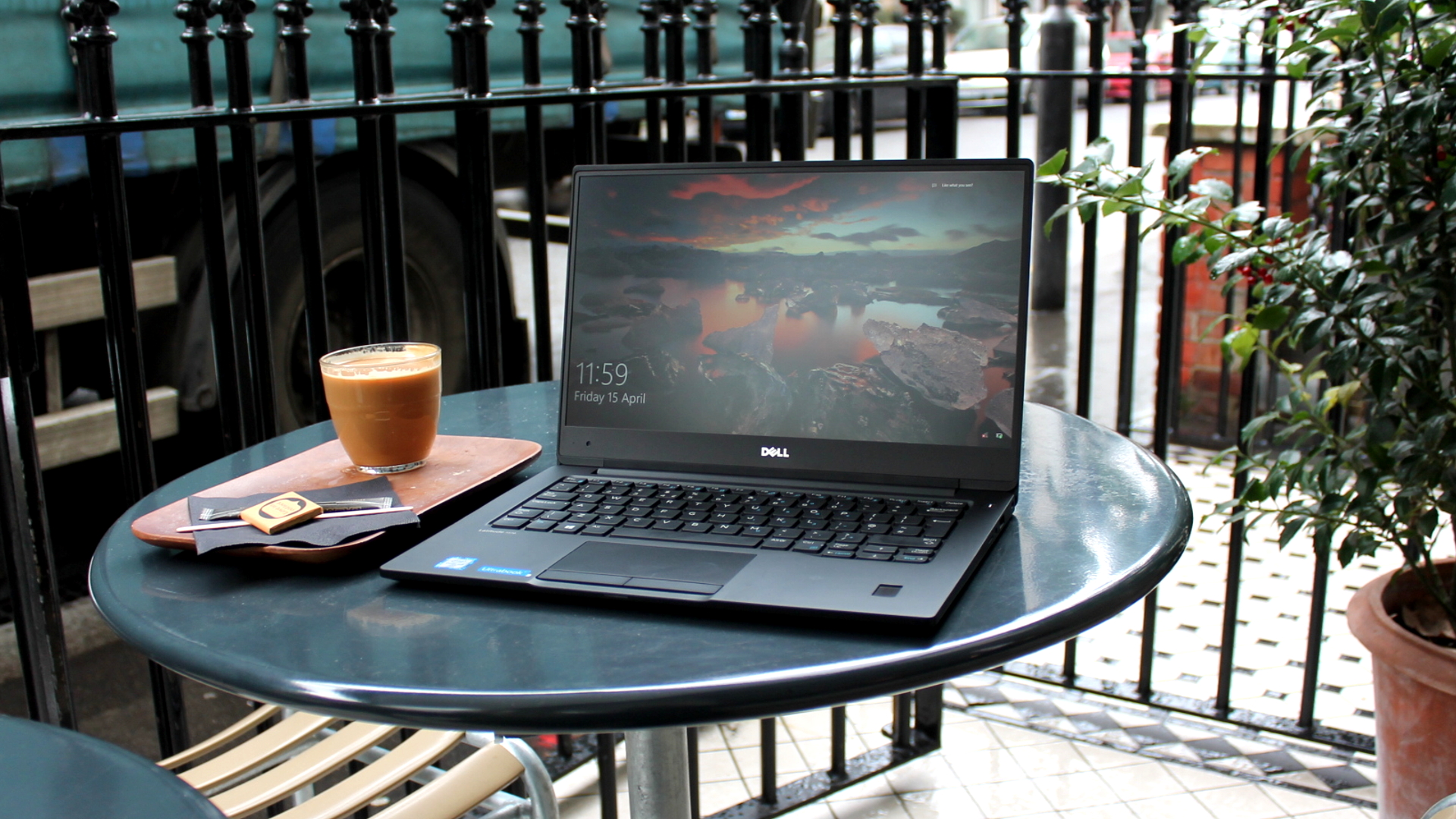TechRadar Verdict
With a compact chassis, excellent keyboard and great build quality, the Latitude 13 7370 is the Windows laptop to take on the road. It's not exactly a powerhouse thanks to Intel's Core M chip inside, so don't expect it to be the fastest business brain on the block.
Pros
- +
Thin and light
- +
Tactile keyboard
- +
Great port selection
Cons
- -
Core M only
- -
Pricey
- -
Unusual webcam position
Why you can trust TechRadar
Is the XPS 13 still king of the ultraportables? I would say so, as few machines have given Dell's compact laptop much to think about since it set the standard for design last year.
Featuring a near-bezel-less 13.3-inch InfinityEdge display, the XPS 13 has the dimensions of an 11-inch laptop. A win for both productivity and portability, the innovative display tech has since been ported over to Dell's revamped XPS 12 and XPS 15 devices. Even the company's OLED monitors are getting in on the game.
As its competitors play catch-up (see HP's Spectre 13 and the equally alluring MacBook), Dell is now looking to replicate the XPS 13's success in the business space with the Latitude 13 7370.

The first enterprise-focused laptop to sport an InfinityEdge display, it arrives with a number of work-friendly features in tow. It's tempting to think of the Latitude as a productivity-focused XPS 13, but such a comparison is a little too simplistic.
The Latitude's keyboard is superior, but it features a weaker Core M processor on the inside. It's also around £410 ($580/AUS$756) more expensive. While you could pick one up and use it for non-business purposes, it's worth taking extra time to consider whether the similar yet cheaper XPS 13 is better suited to your needs.
Design
The XPS 13 is hardly flamboyant in design, and the Latitude 13 7370 is even more demure. Featuring a sensible blend of materials and colors to appeal to its business audience, the laptop is clad in various stealthy shades of silver, grey and black. If James Bond quit his job as a super-sleuth to become a salesman, this is the lightweight machine he would take on the road.
I couldn't find a trace of flex no matter how hard I pressed down on the Latitude's soft-to-touch carbon fibre body. Most premium laptops makers claim that their systems are built from military grade stuff, but when Dell says that the 13 7370 has passed the MIL-SPEC 810 test I'm not tempted to question it.

The Latitude 13 7370's aluminium CNC-machined lid is held by a hinge that stretches the full length of the laptop's body and barely wobbles once positioned. It's a darker shade of silver than the one on the XPS 13 lending it a moodier appearance. The lid rotates 180 degrees to fold completely flat, which comes in handy if you're using an external monitor and aren't using the laptop's screen as a second display.
On the underside Dell has swapped the XPS 13's silver finish for a matte black one, removing the 'sandwich' visual effect. Other differences between the two systems are relatively minor: the lettering on Latitude's keys has been shifted to the top-left position to allow room for a makeshift numberpad that's positioned in an inverted triangle on the right-hand side of the keyboard. It's an innovative layout and one that I'd like to see replicated on other laptops.
Below the trackpad are clicky left and right buttons which are tactile and responsive. Their existence makes the base slightly longer than the XPS 13's, which I found only makes typing more comfortable. Dell has squeezed in Page up and Page Down keys above the arrows keys on the right-hand side of the keyboard, leaving a packed layout that utilizes every inch of space.

